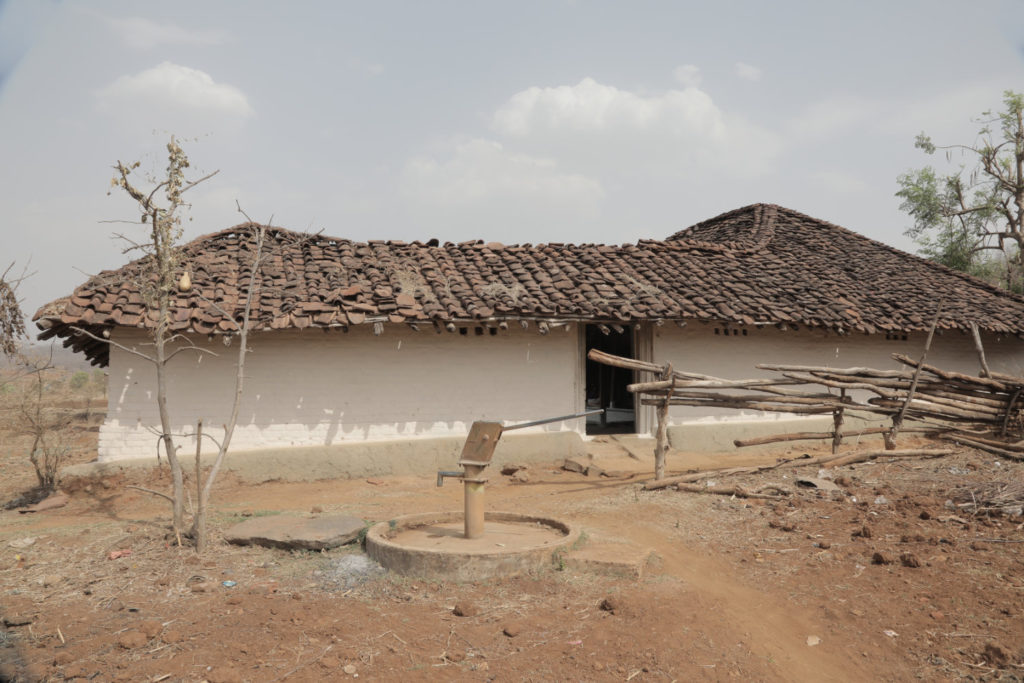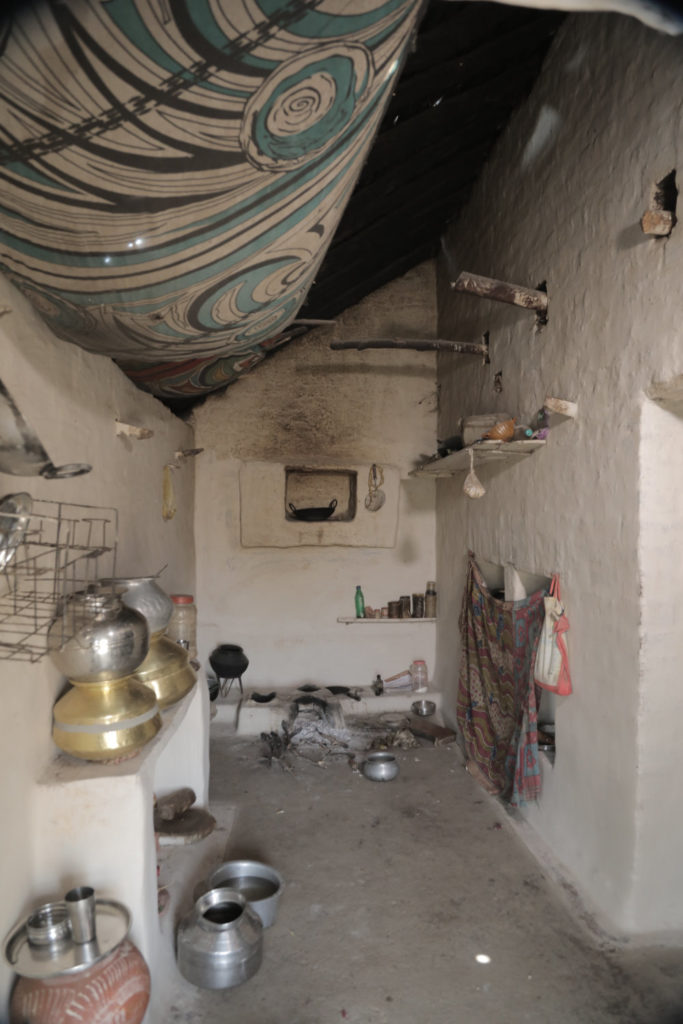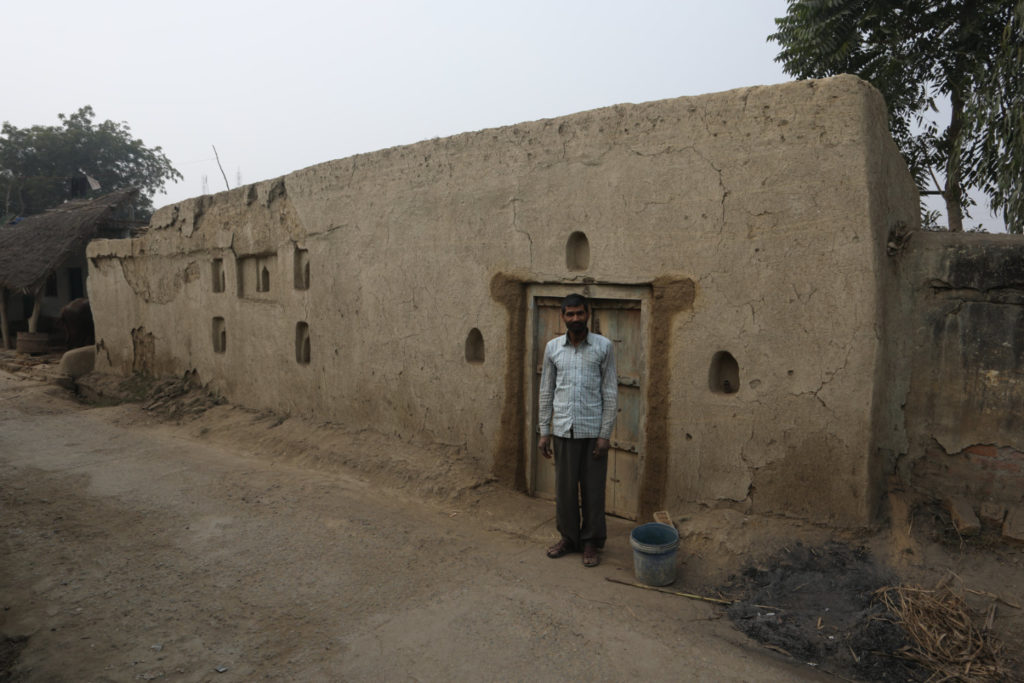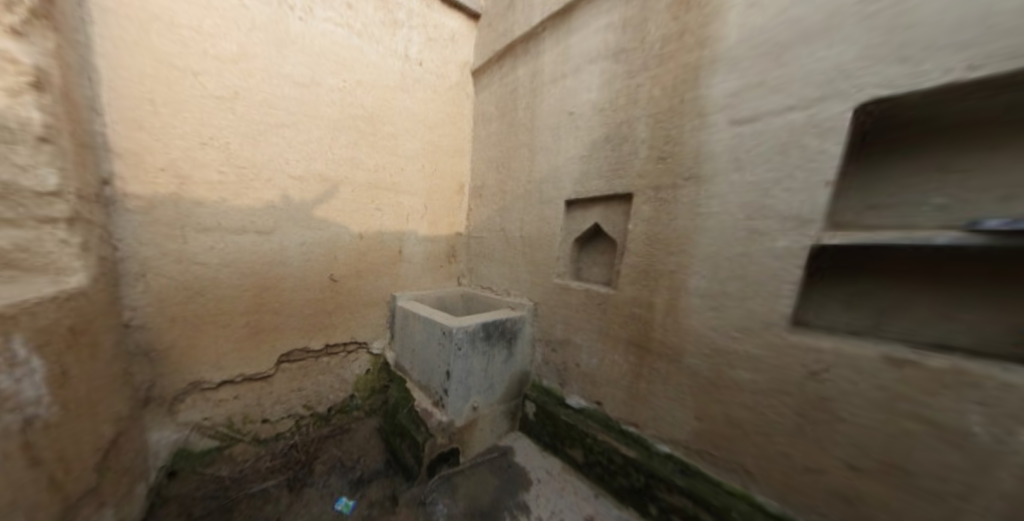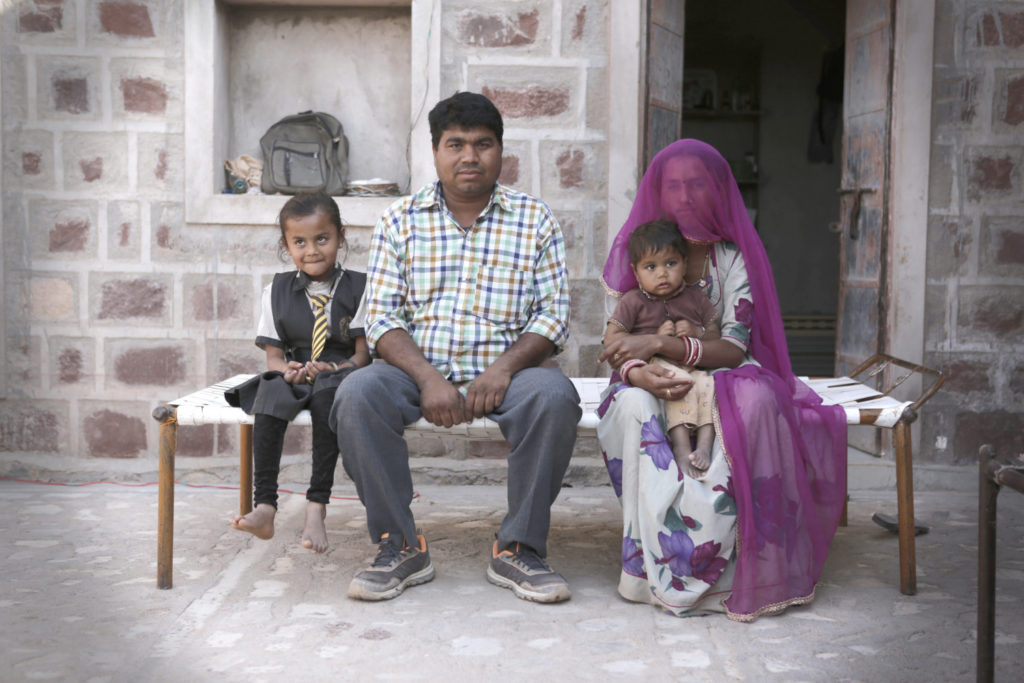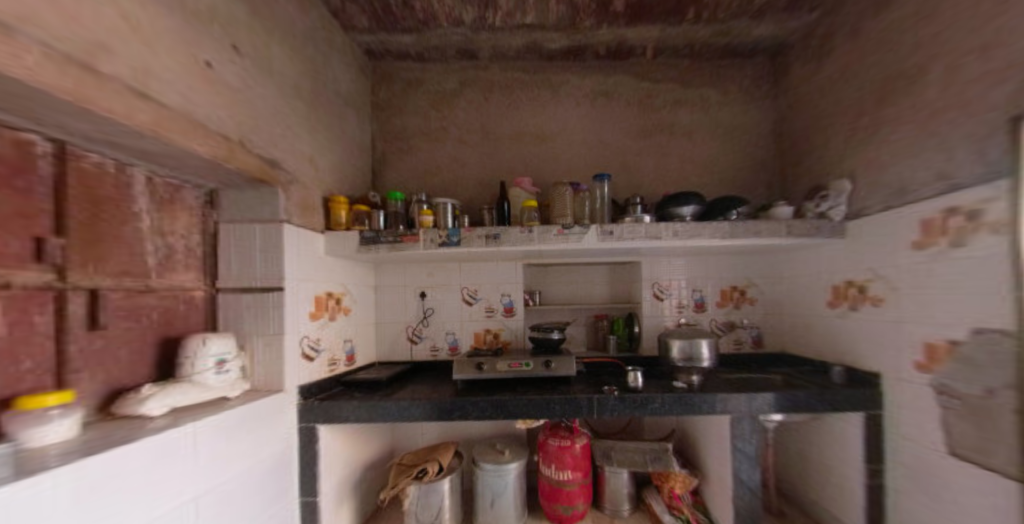My friend Jeff Hammer has helped create something both very cool and very useful. He has created a set of video recordings of 100 households in India that interactively show 360 degree views of the exterior, interior, kitchen, water source and other features of the home and household. Each of the 100 homes was chosen because they were, based on the usual kind of household survey, were at a given percentile of the income distribution. So one can see visually the poor and the rich of India, the world’s largest country, arrayed.
I sometimes say that, for all its hassles and expense, I have to travel because my imagination is both too powerful and not powerful enough. My imagination is too powerful as it can conjure up powerful and persuasive images based on words I use like: poor, rich, middle class. My imagination is not powerful enough to actually get it right without seeing it. This site gives you sight without having to travel.
There are two points that this site makes very powerful about the use of words like “rich” and “poor.”
The first is Dani Rodrik’s point from many years ago that “the poor of the rich” have much higher incomes than the “rich of the poor” and asks people whether they would rather be the 90th percentile in a poor country or the 10th percentile in a rich country. When people talk about the “rich” of India they often envision Mukesh Ambani’s house in Mumbai. And yes, that is one very rich person.
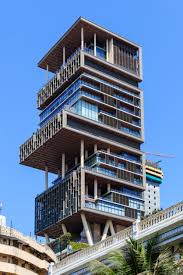
But he 100th percentile, not the 99th percentile or 95th percentile or 90th percentile “rich.” Here are pictures taken from the 100 Homes sites of the exterior, water source and kitchen of a household of Allahabad Uttar Pradesh who is “rich” in the sense of being in the 90th percentile of the income distribution in India.
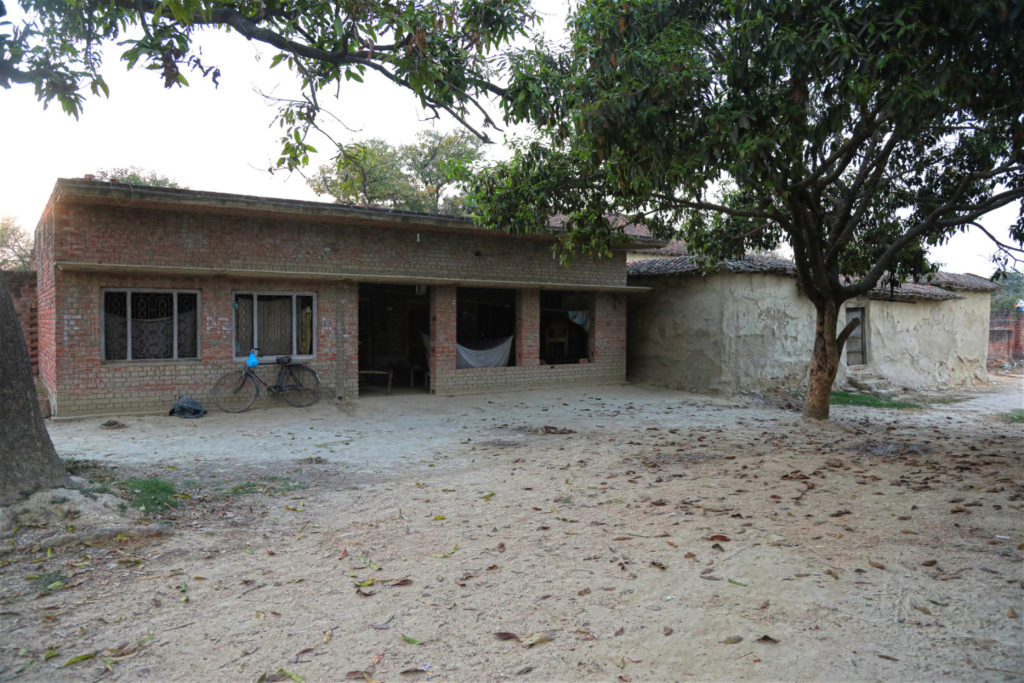

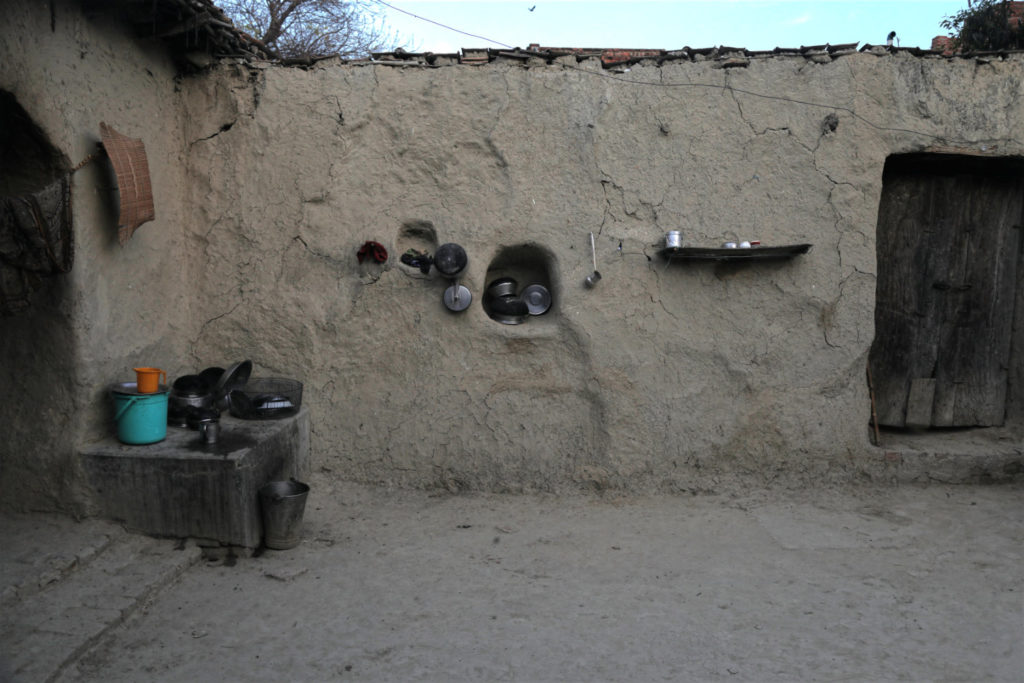
The “statistical” rich in India are very poor by rich country standards. This 90th percentile household has a measured consumption per person per day of $8.47 (in purchasing power adjusted dollars), which is higher than the highest poverty line the World Bank reports of P$5.50. But the US “guideline” poverty line for a family of 4 in 2019 was $17.63 per day. The “rich” Indian household would have to have income twice as high to not be poor in the USA.
So next time someone says that something (like, say, economic growth) benefited “the rich” in India I hope this site can inform your imagination about whether that meant this 90th percentile household or the Ambanis.
The second important point the 100 Homes site makes, powerfully and visually, is that trying to divide Indian households into “poor” and “not poor” is making distinctions among households that are, for all practical purposes, indistinguishable. In the “lessons” section of the site it shows 3 pairs of households and asks you to guess which is richer (on the standard measure of spending per person per day). I got two of three wrong.
The current poverty line in India says 24 percent of Indian households are “poor.” Here are pictures of two homes (exterior and kitchen), one is a household that is poor (14th percentile) and one that is “not poor” (30th percentile). Which is which?
The point is not whether you happen to get it right or wrong, the point is that it is hard. It is hard because the distinction between “poor” and “non-poor” is trying to make a distinction between households that are really, for all intents and purposes–economically, socially and politically–the same.
The “middle class” periodically gets attention. Here is the household at the 51st percentile in Jodhpur Rajasthan and their kitchen. Signs of incipient prosperity: a stone house, a cook stove, a daughter in school. But hardly what “middle class” might mean in the UK (where Michael McIntyre associates “middle class” with shopping at Waitrose) or the USA (where one thinks suburban house, two cars, two kids, cat, dog and all that).
The 100 Homes project is a wonderful resource. It allows us to go beyond the “X$ a day” statistics and get a glance into what poor, middle class, and rich mean in concrete and visible terms in India today.

